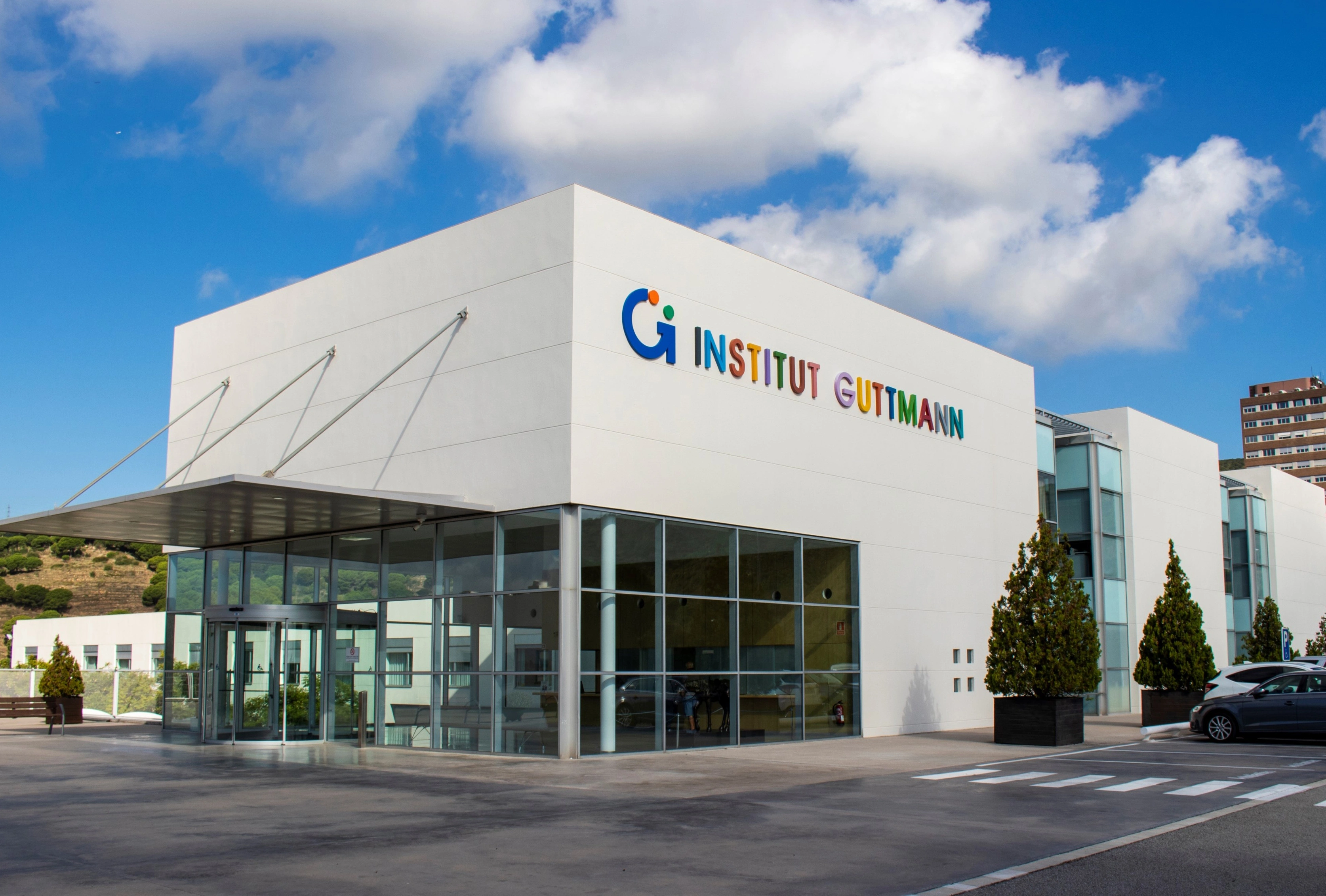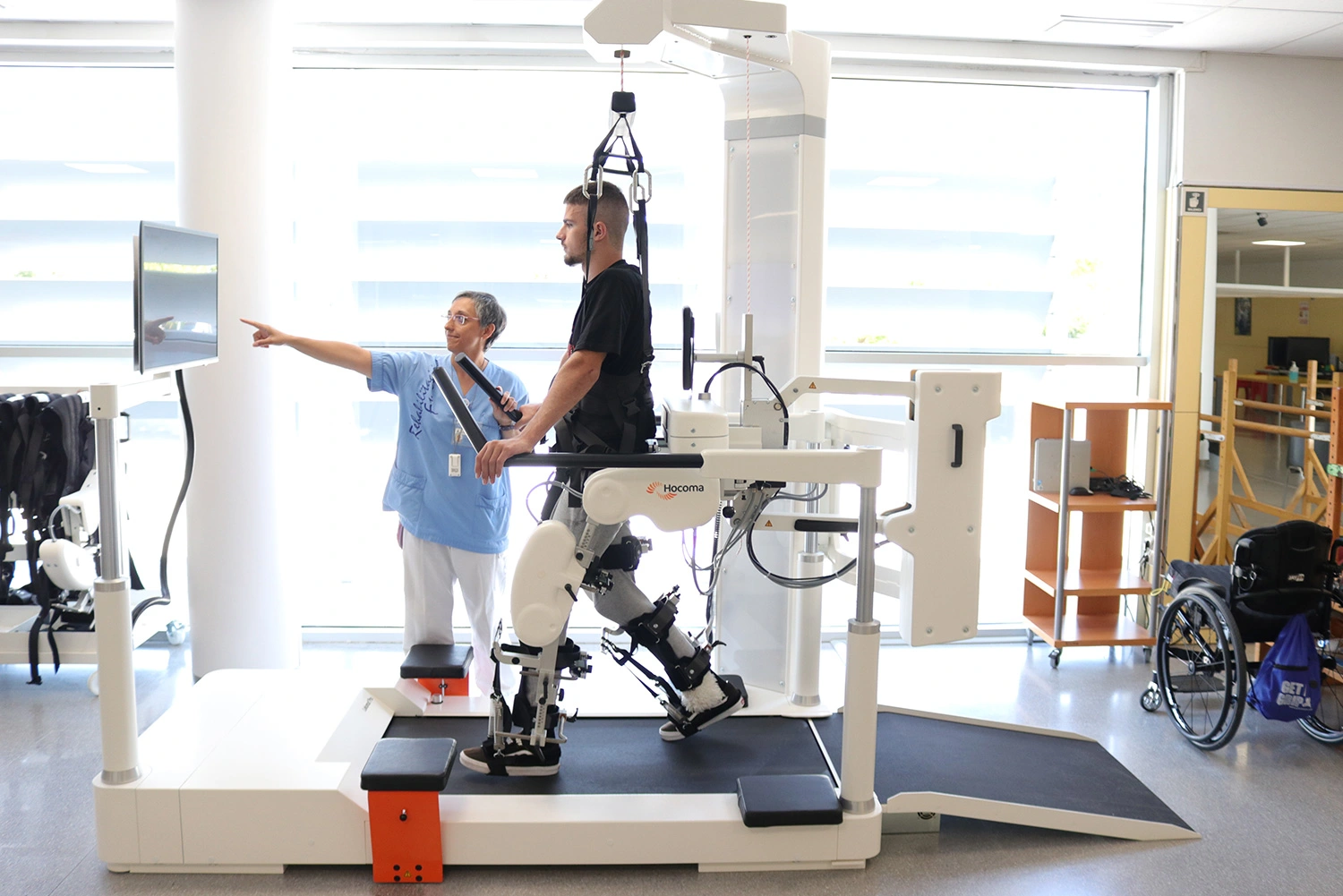Univerza v Mariboru
The University of Maribor was established in 1975. With its 17 Faculties, it is the second largest and second oldest university in Slovenia. During these years, it became a successful scientific institution. Its primary mission and guiding principle is the dissemination and enrichment of knowledge. It is rapidly developing new areas of activity, testing new study methods and seeking new ways of integrating with its environment. Special attention is paid to the involvement of students in research work and decision-making bodies as well as to the cooperation with the local and global economy both in the field of knowledge and technology transfer into practice as well as in the field of connecting and networking students and graduates with employers in terms of transition to the labour market. The University of Maribor is an institution offering numerous career development opportunities.
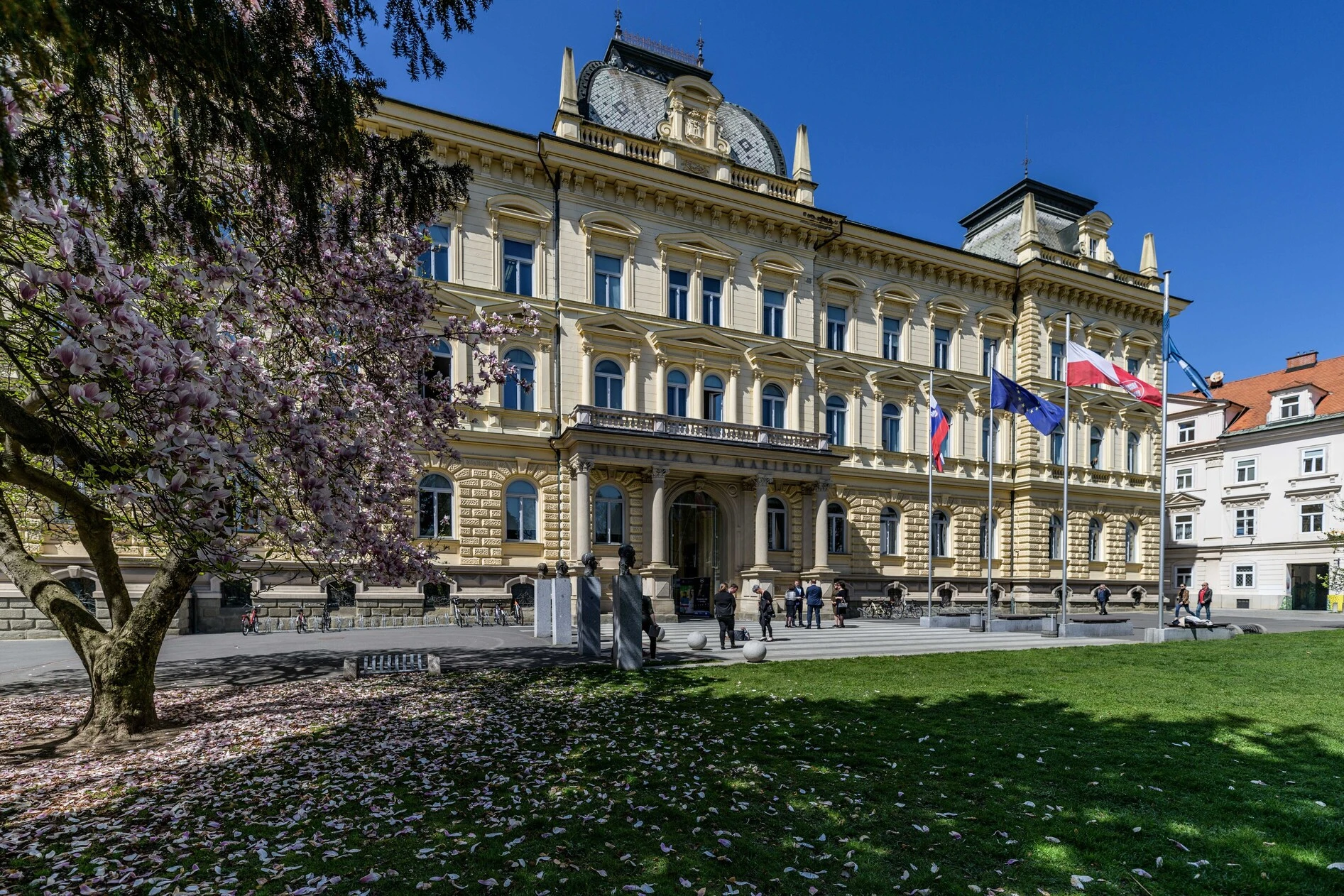
UM FERI
The Faculty of Electrical Engineering and Computer Science at the University of Maribor (UM FERI) is one of the leading teaching and research institutions in the field of Electrical Engineering and Computer Science in Slovenia. UM FERI provides students with knowledge based on internationally recognized scientific research work, thus enabling them to be successfully integrated within future working environments in Slovenia and/or abroad. We aim to strengthen the positions of our internationally-recognized university education and research institutions within the fields of electrical engineering, computer science, information technology, communications, media, telecommunications, and mechatronics, throughout Central Europe. Research assumes a vital place in the activities of the Faculty of Electrical Engineering and Computer Science and is efficiently transferred into economy and also into faculty's study programmes.
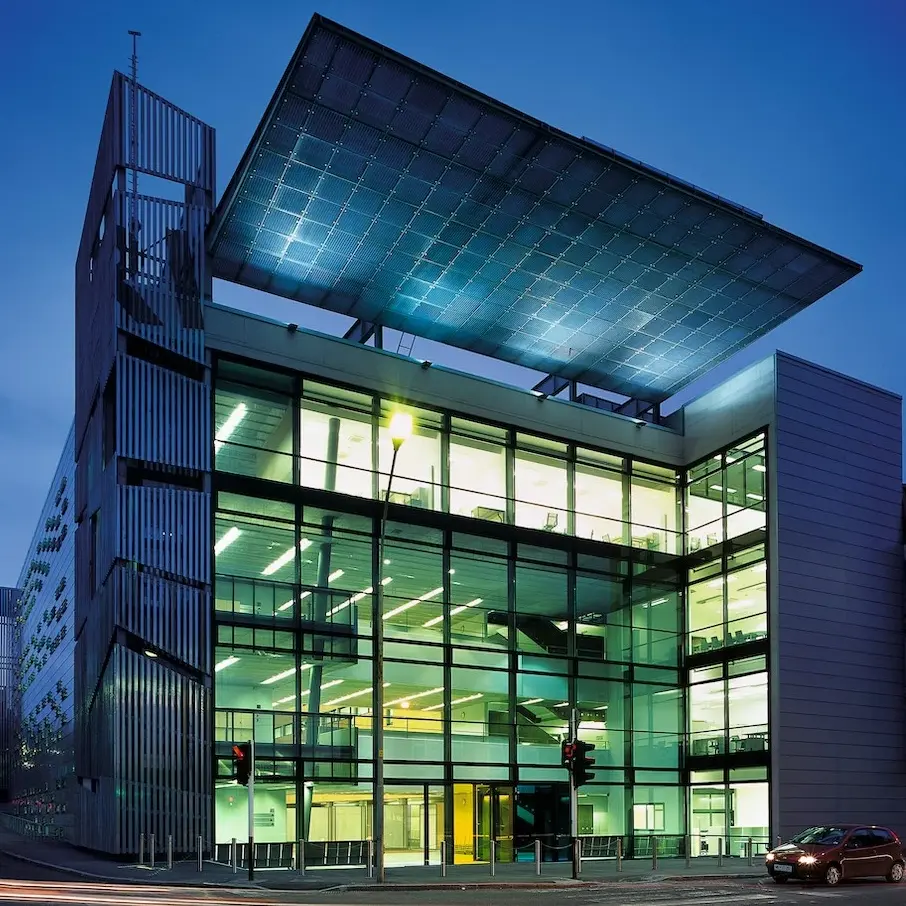
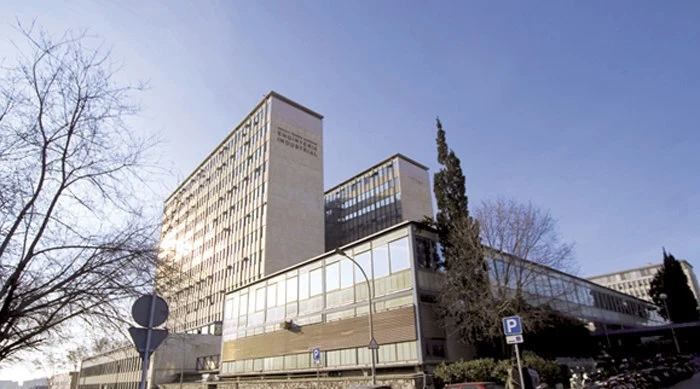
Universitat Politècnica de Catalunya
The Universitat Politècnica de Catalunya-Barcelona Tech (UPC) is
a public university devoted to higher education and research in
the fields of engineering, architecture, and science. Each year,
more than 6.000 students and more than 500 doctors graduate. The
basic and applied research carried out at the UPC's departments,
institutes and centres marks the meeting point between
scientific inquiry, innovation and technological development.
These units work to promote a culture of research, innovation
and entrepreneurship and establish knowledge networks with
researchers and research groups around the world. The UPC has a
strong vocation concerning technology protection and transfer,
accounting for creating 13 Technology-based companies and 19
international patents only in 2022.
The
Research Centre for Biomedical
Engineering (CREB)
is a leading research center of the UPC aiming at serving the
needs of research, technological development, innovation, and
knowledge transfer of companies, hospitals, and institutions
related to the field of Health Technologies. The CREB gathers
several research groups, including the
BIOsignal Analysis for
Rehabilitation and Therapy Research
Group (BIOART), experts in multichannel biosignal
processing to improve
rehabilitation processes and clinical therapies related to
respiratory, neuromuscular and neurological diseases.
CREB's headquarters are at the Barcelona School of Industrial
Engineering (ETSEIB), one of the best engineering schools in
Spain and an internationally recognized institution because of
its excellence. The ETSEIB was created in 1851 and currently has
more than 3,500 students, over 350 professors, and about 120
administrative and service staff. Its graduates are specialized
in a wide range of fields of industrial activity, such as
biomedical engineering, neuroengineering, and rehabilitation.
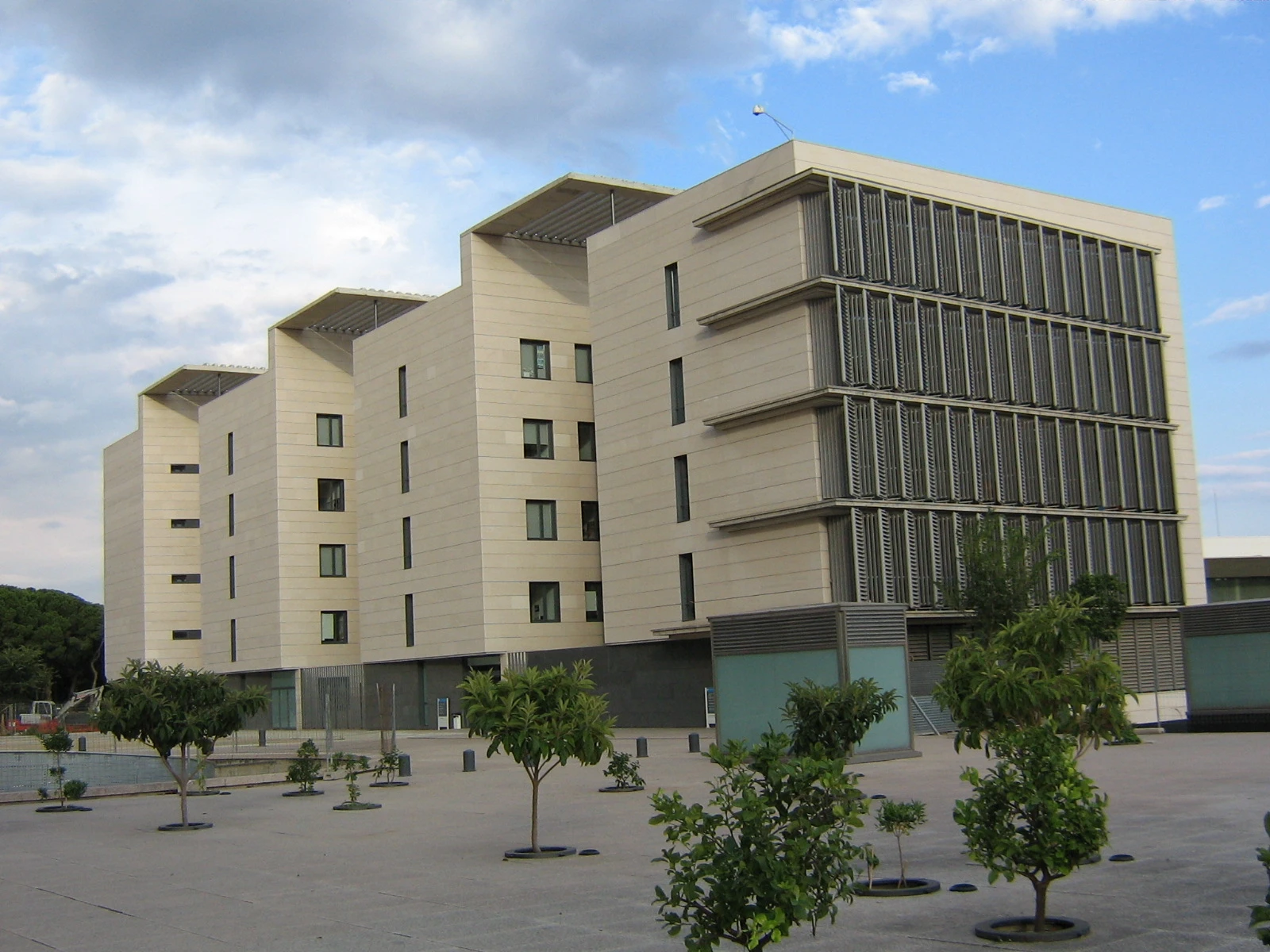
The UPC Technology Center
The UPC Technology Center (CIT UPC) is a foundation of the
Universitat Politècnica de Catalunya - BarcelonaTech (UPC) that
aims to put the university research capacity at the service of
innovation in companies based on the knowledge and results of
UPC research centres. The UPC develops comprehensive,
multidisciplinary, turnkey technology solutions. It offers
companies a wide range of technological capabilities to build
projects in areas like advanced manufacturing, ICT, materials,
energy, health, logistics and mobility, infrastructures,
chemical, agrotech, urbanism and sustainability
technologies.
CIT UPC is committed to bringing more and better technology to
the market by transforming knowledge into marketable
technologies, and building relationships with companies and
organisations, forging long and enriching collaborations with
mutual benefits.
Chalmers Tekniska Hogskola
Chalmers University of Technology in Gothenburg conducts
research and education in technology and natural sciences at a
high international level. The University was established almost
200 years ago, has around 3400 employees and 10,000 students,
and offers education in engineering, science, shipping and
architecture.
With scientific excellence as a basis, Chalmers promotes
knowledge and technical solutions for a sustainable world.
Chalmers is is one of Europe's most renowned technological
universities. Our 2,300 researchers, instructors and doctoral
students conduct research into everything from the smallest
building blocks of matter, to systems biology and food products,
to climate issues, traffic safety and distant
galaxies.
Research is carried out in close collaboration with industry and
the public sector. Our incubator, Chalmers Ventures, is ranked
among the world's best, and is the most successful by far of any
university incubator in Sweden. Chalmers also has a strong
international air created by exchanges and collaborations with
leading universities worldwide.
We educate engineers, architects, and master mariners who are
highly sought after in the market. We offer 30 bachelor
programmes, and 40 Master programmes, all at world-class
level.
At the Department of Electrical Engineering, we work with
sustainable and smart solutions to societal challenges, such as
energy efficiency and electrification in areas ranging from
transport and production systems to communication solutions and
biomedical engineering.
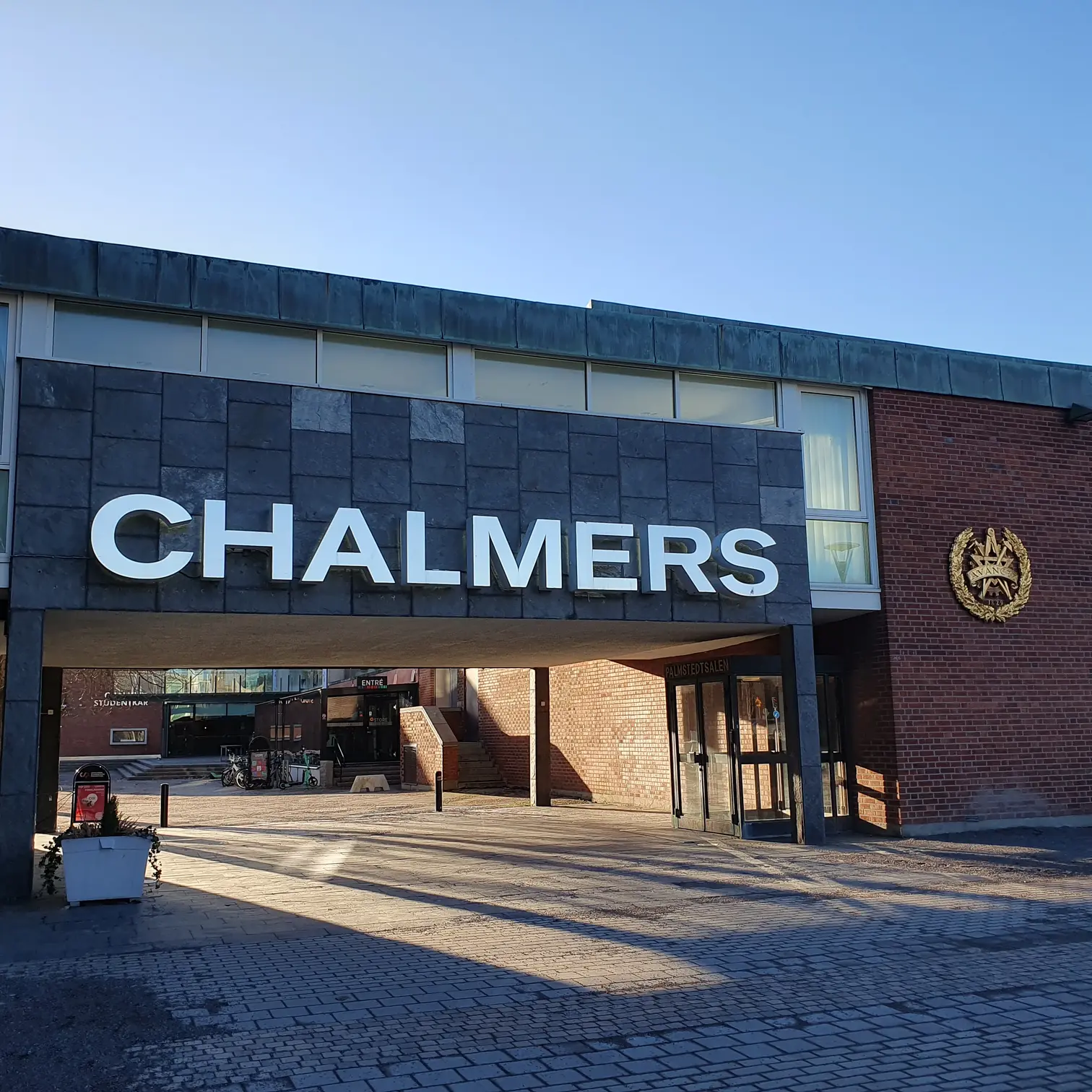
Imperial College London
Imperial College London is consistently rated in the top-five UK
universities and in the top twenty worldwide. The Neuromechanics
and Rehabilitation Technology group was established by Prof.
Dario Farina in 2016 in the Department of Bioengineering at
Imperial College. The Department of Bioengineering at Imperial
College London is leading the bioengineering agenda both
nationally and internationally, advancing the frontiers of our
knowledge in the discipline's three main areas: Biomedical
Engineering (Developing devices, techniques and interventions
for human health), Biological Engineering (Solving problems
related to the life sciences and their applications for health),
Biomimetics (Using the structures and functions of living
organisms as models for the design and engineering of materials
and machines). The Department's staff comes from diverse
academic disciplines including all main branches of engineering,
physical sciences, life sciences and medicine, creating a rich
collaborative environment.
The mission of the the Neuromechanics and Rehabilitation
Technology group is to conduct fundamental research in
neuromechanics and to translate the scientific knowledge into
rehabilitation technologies. We continuously look for motivated
students and each year we take on several undergraduate
(BSc/BEng/MEng) and postgraduate (MSc/MRes) students on relevant
degree programmes at Imperial, as well as from external
institutions (via Erasmus/UROP schemes). The main research lines
of the group are the following:
- Neural Interfacing: Design and test of wearable and implantable bioelectrodes; high-performance bioamplifiers
- Biosignal processing: Neural and biophysical modelling/processing of biosignal generation
- Neurophysiology of movement: Deciphering the neural mechanisms for movement generation
- Neuromechanics of movement: Neural determinants of body mechanics (from cell to function); neural-driven musculoskeletal models for man-machine interaction
- Bionics: Robust control of active prostheses and sensory feedback; mechatronic design of prostheses Restoration and augmentation: Control of active orthoses and exoskeletons; mechatronic design; soft robotics
- Neuromodulation: Closed-loop brain-computer interfaces and robot-aided therapy; Neuroprostheses
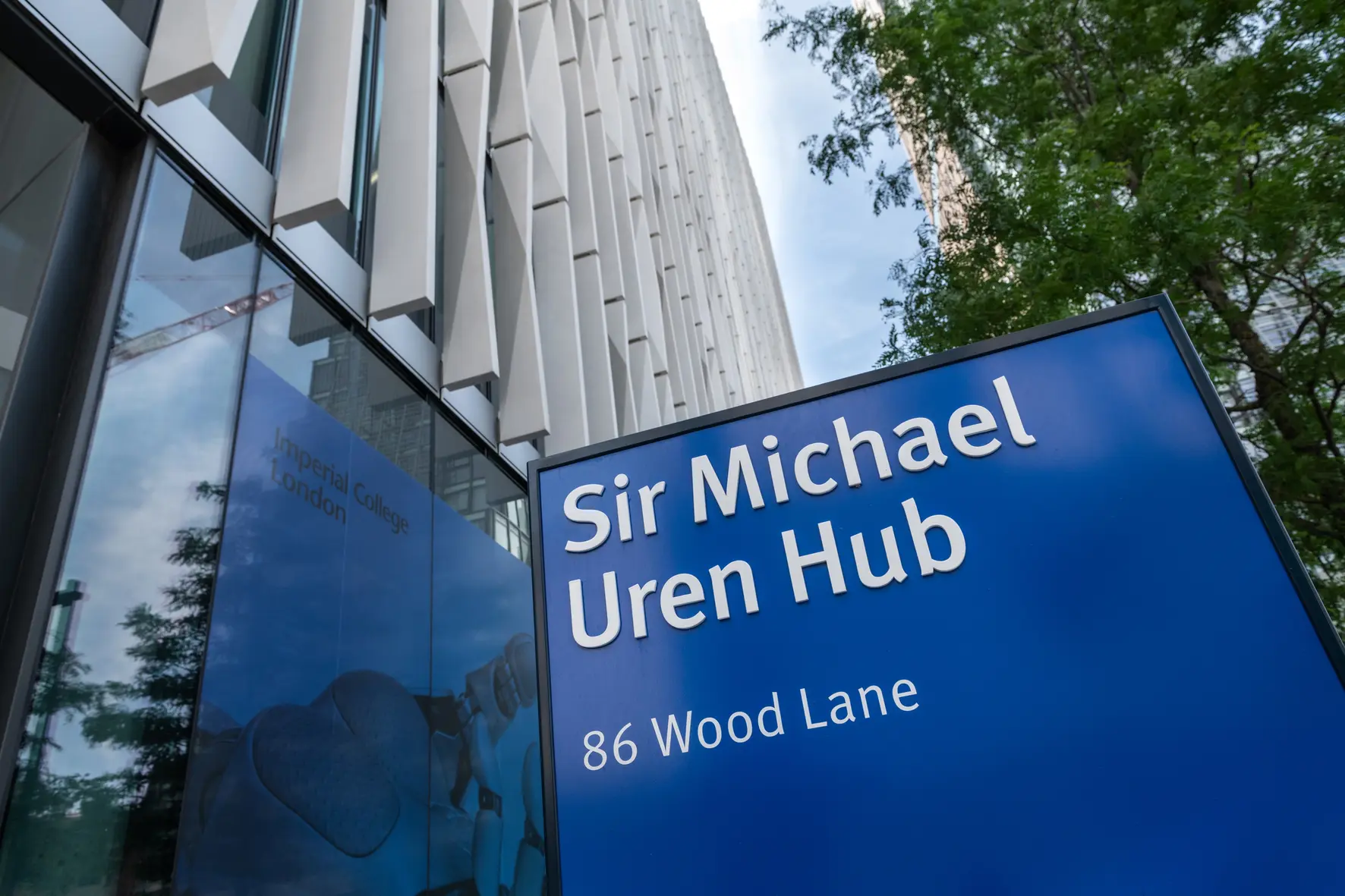
Institut Guttmann
The Institut Guttmann Neurorehabilitation Hospital is a highly
specialised centre in the medical and surgical treatment and
comprehensive rehabilitation of people with spinal cord injury,
acquired brain injury or other neurological disabilities.
The Institut Guttmann provides expert, personalised attention
with the highest human, scientific and technical level, and
uphold a continuous commitment to quality as a Centre of
Excellence with the most prestigious health accreditations.
With over 55 years of experience treating people affected by
neurological disabilities, the Institut Guttmann's care model is
based on the intervention of an expert multidisciplinary team
put together for each patient. This model, along with the
quality and experience of the hospital's professionals and
modern facilities that continuously incorporate the most
innovative technologies in the specialty, make the Institut
Guttman one of the world's leading hospitals in its field.
We approach patient care in a global and comprehensive way,
always seeking the involvement and participation of families in
the rehabilitation process.
